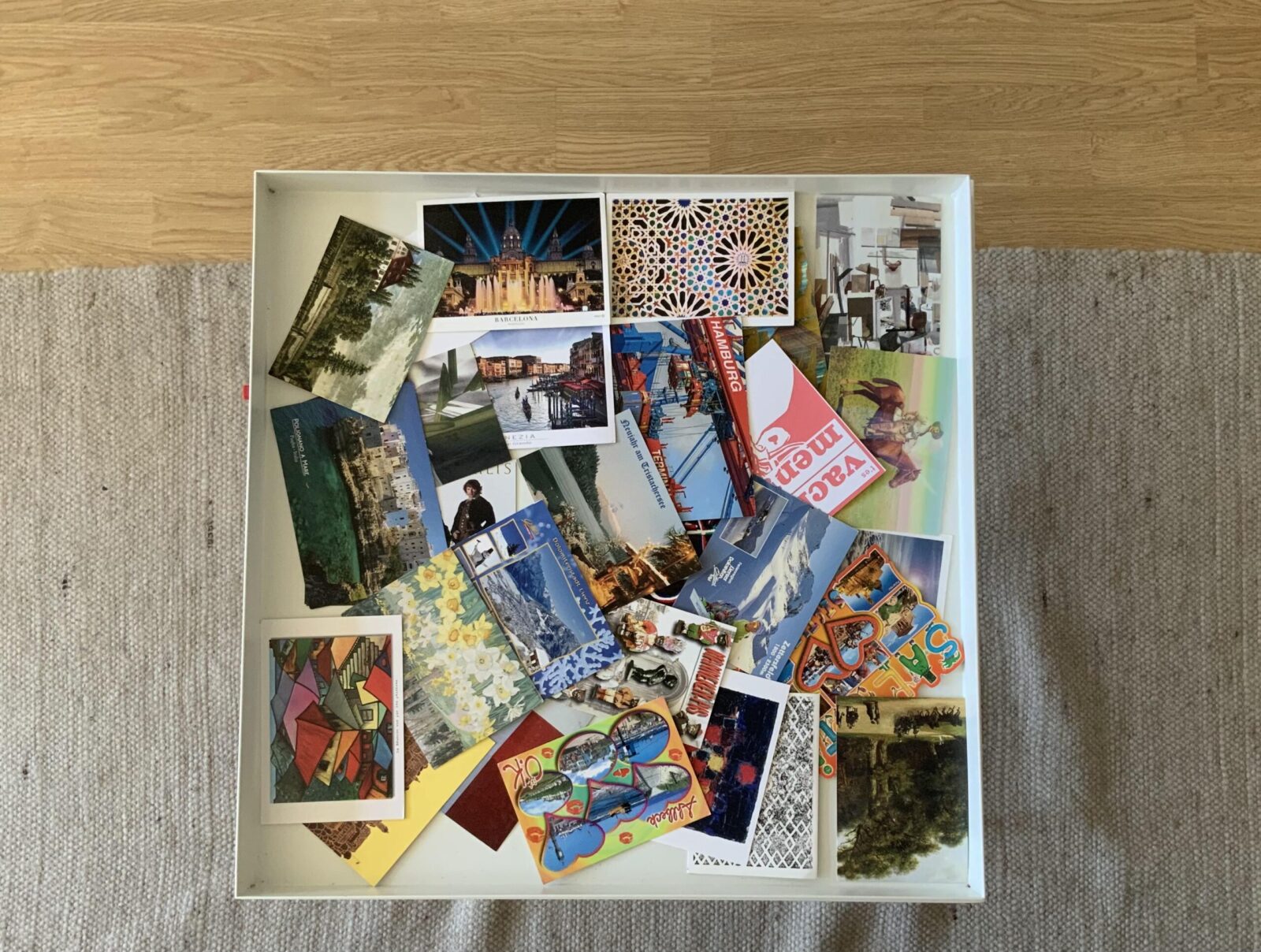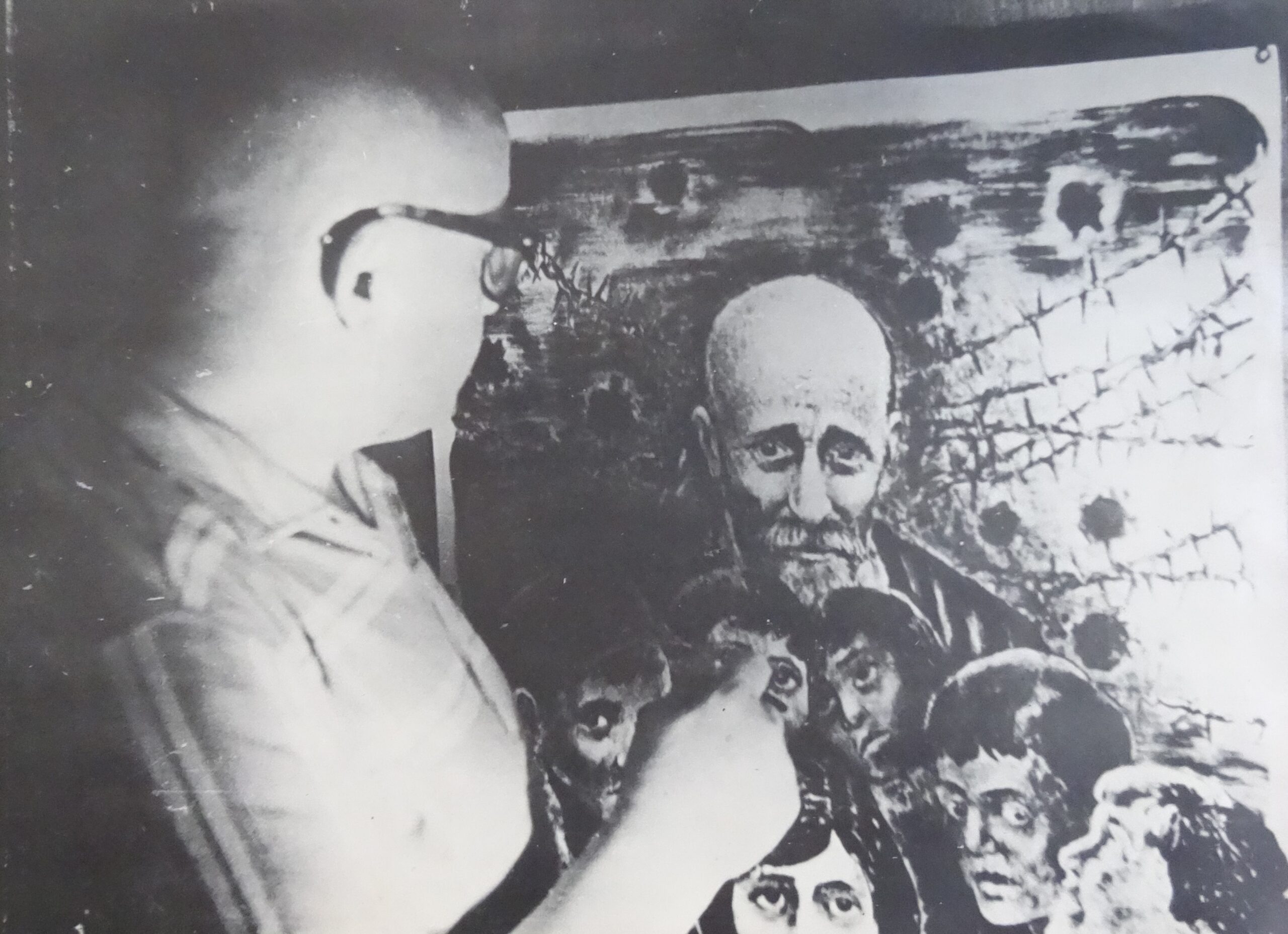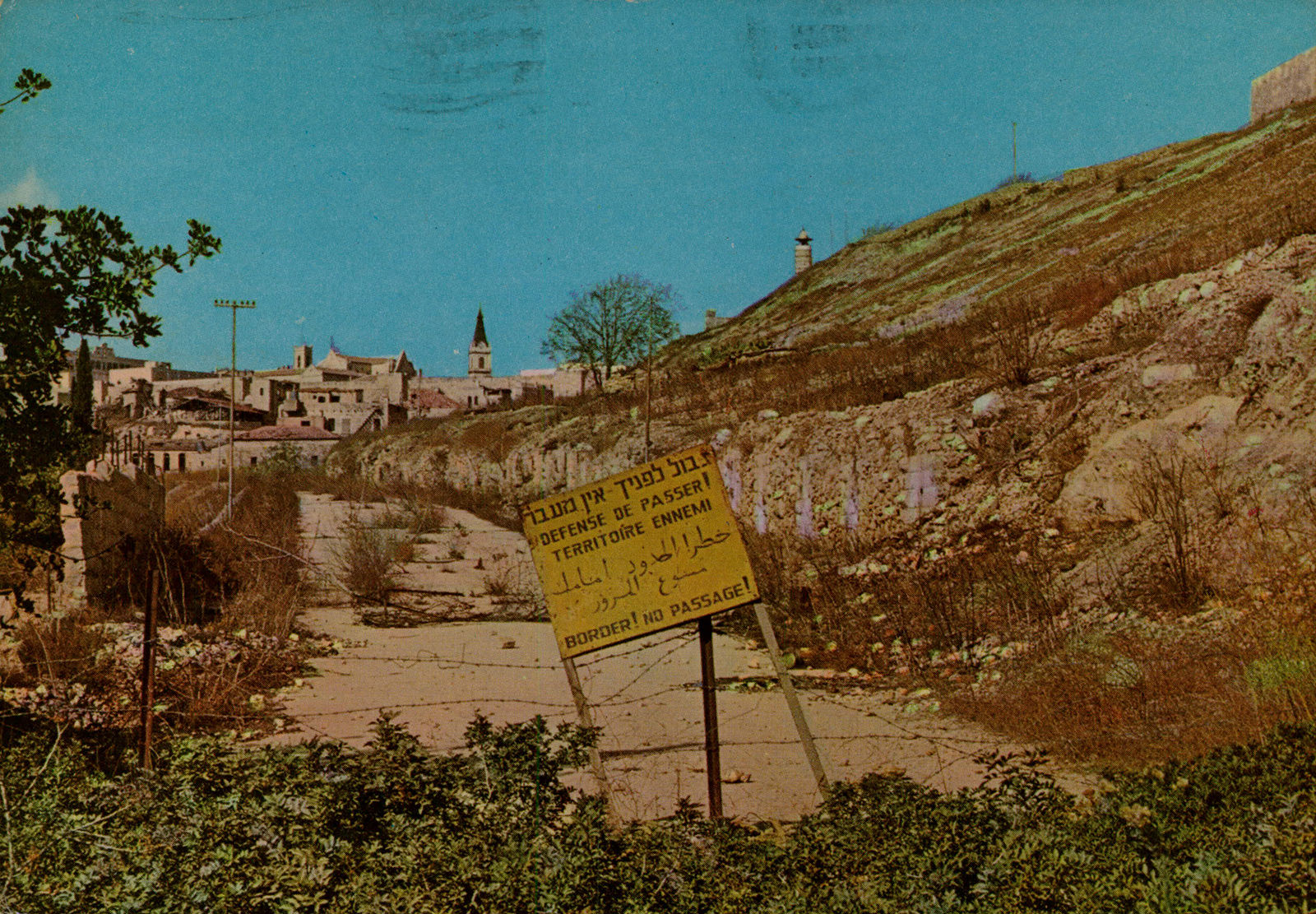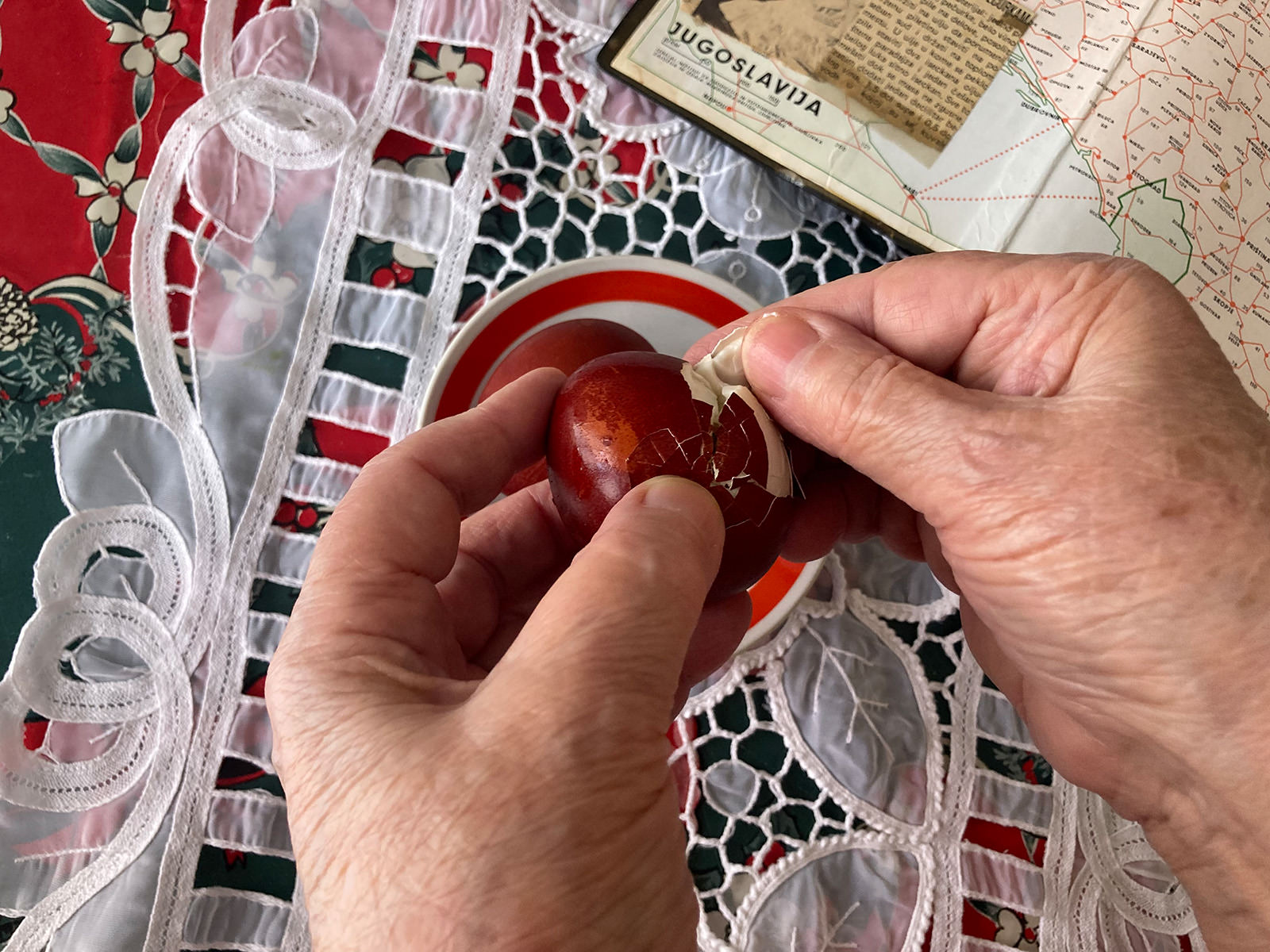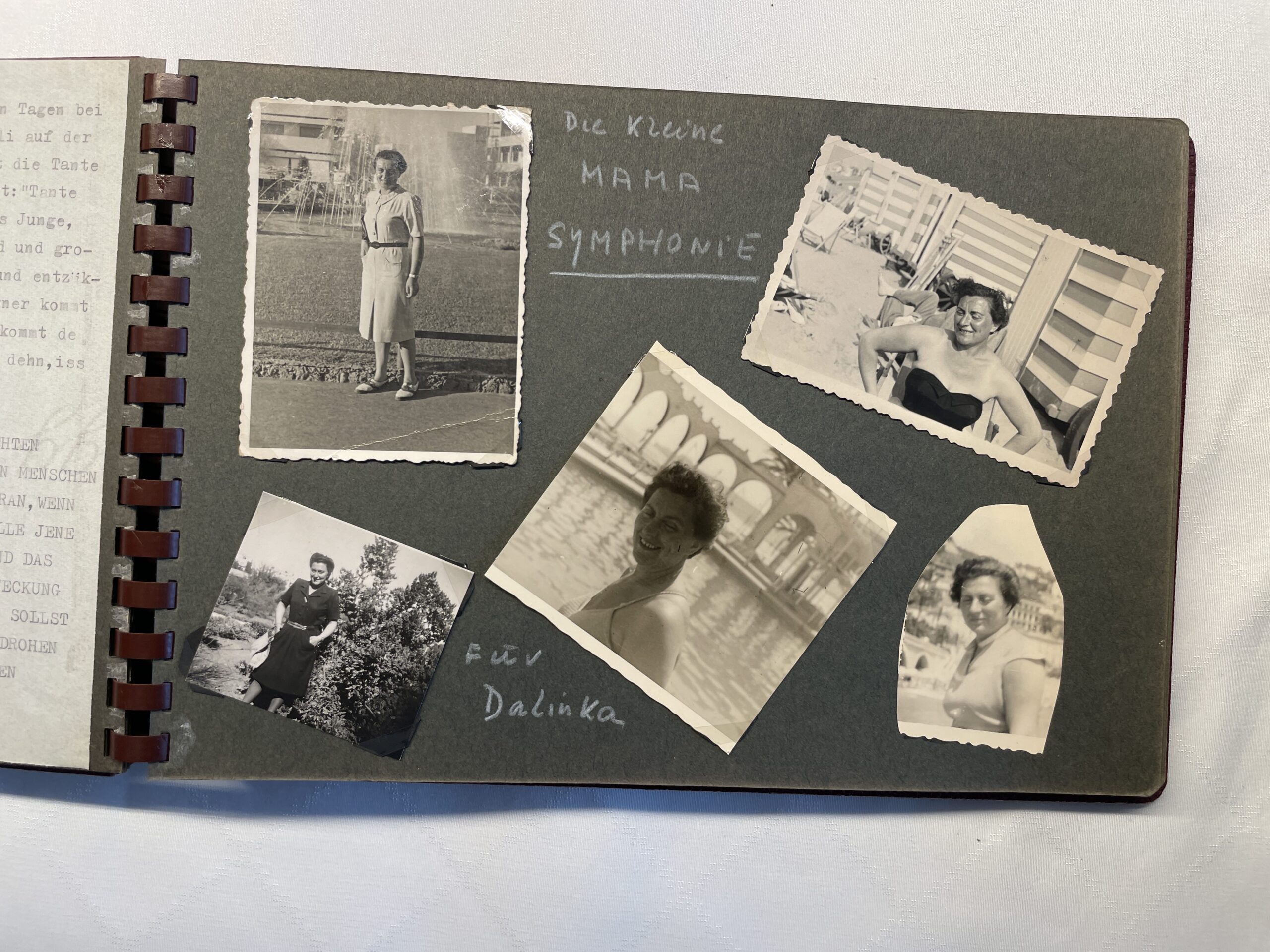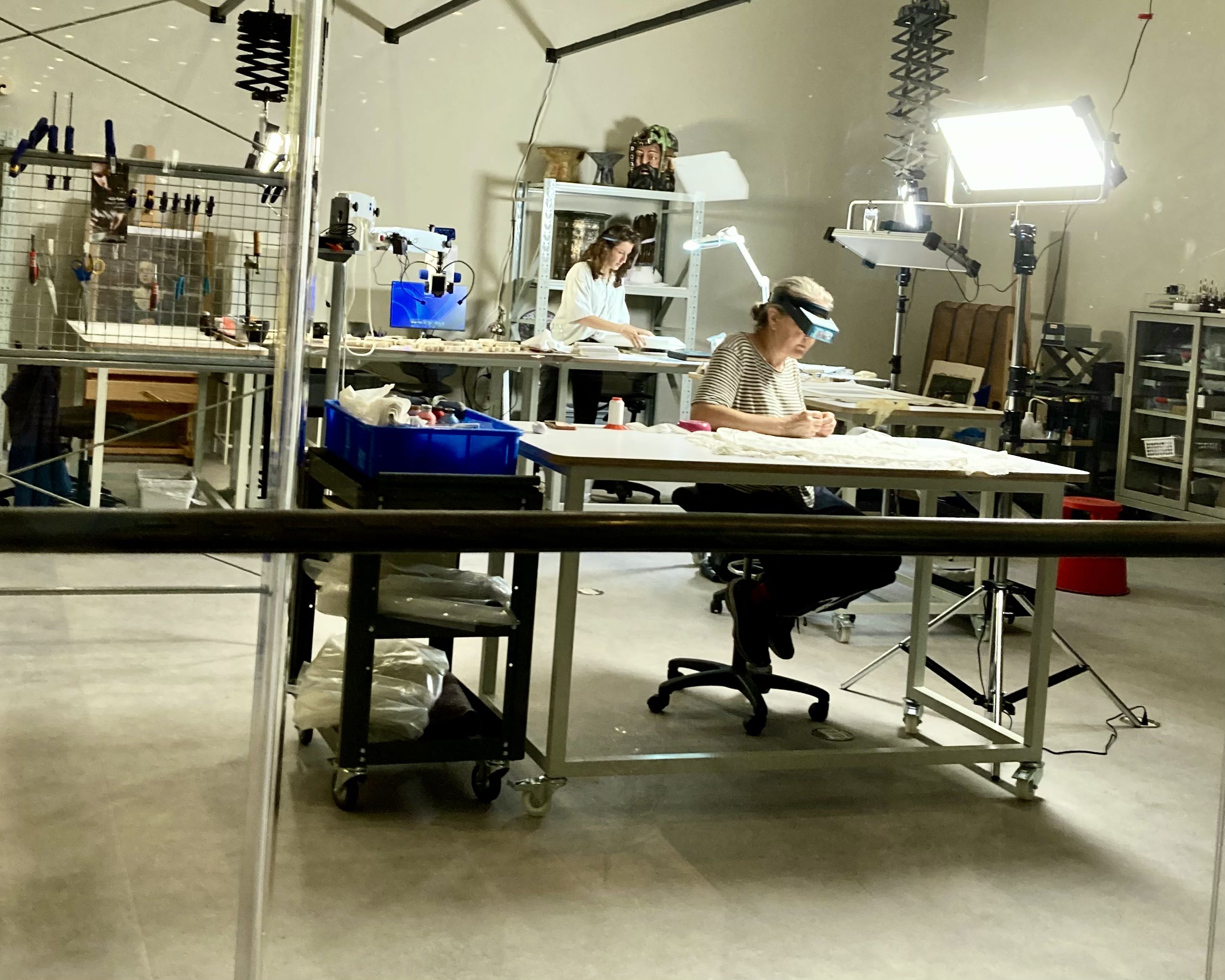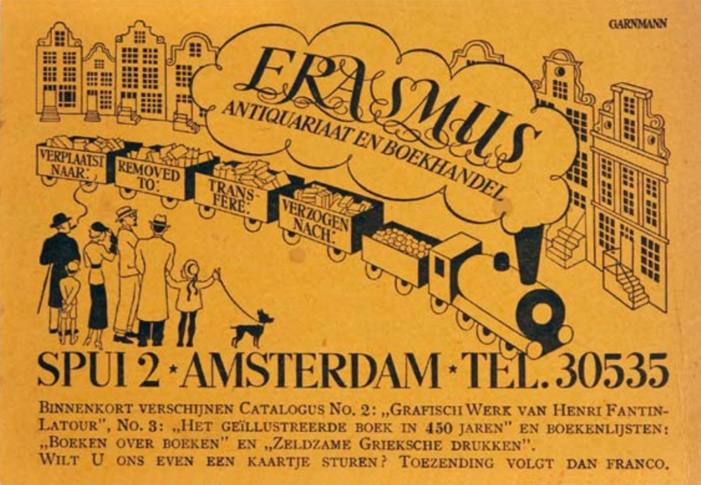
Materializing Memory and Sanctifying Place – Jewish Sephardic Heritage in Contemporary Spain

Threads of Identity – The Evolution of Israeli Fashion and the Attempt to Create a National Dress
The Written Silent, the Visible Absence, and the Text in the Written after 1945 – Materiality of Catastrophe, Exile and Belonging in Barbara Honigmann’s Writings
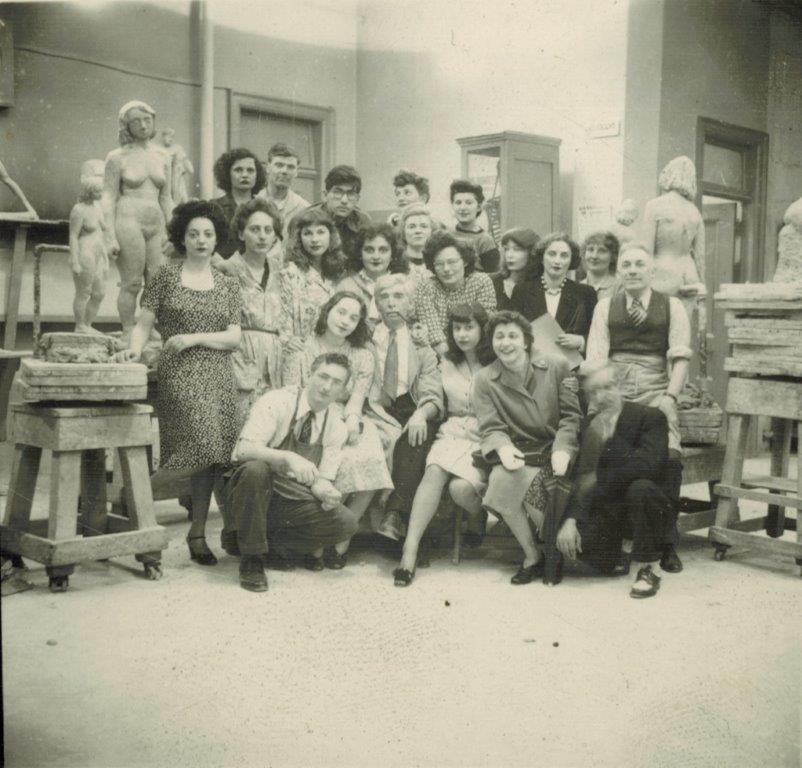
Processing Loss and Fostering Resilience – Jewish and Female Sculptural Strategies of Coping with the 20th Century
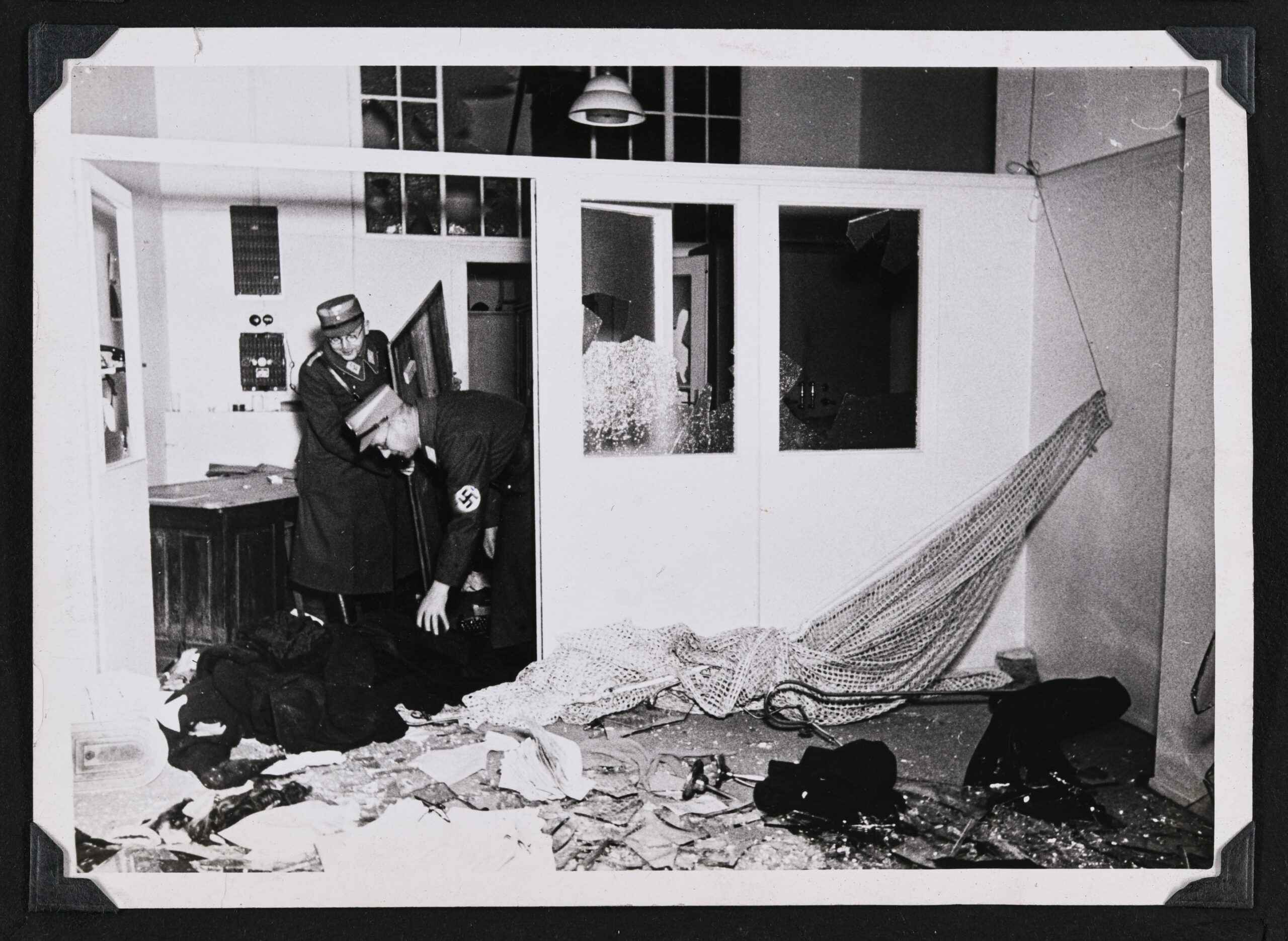
“Home was not Home anymore.” The Destruction of Private Jewish Living Spaces in the November Pogroms of 1938
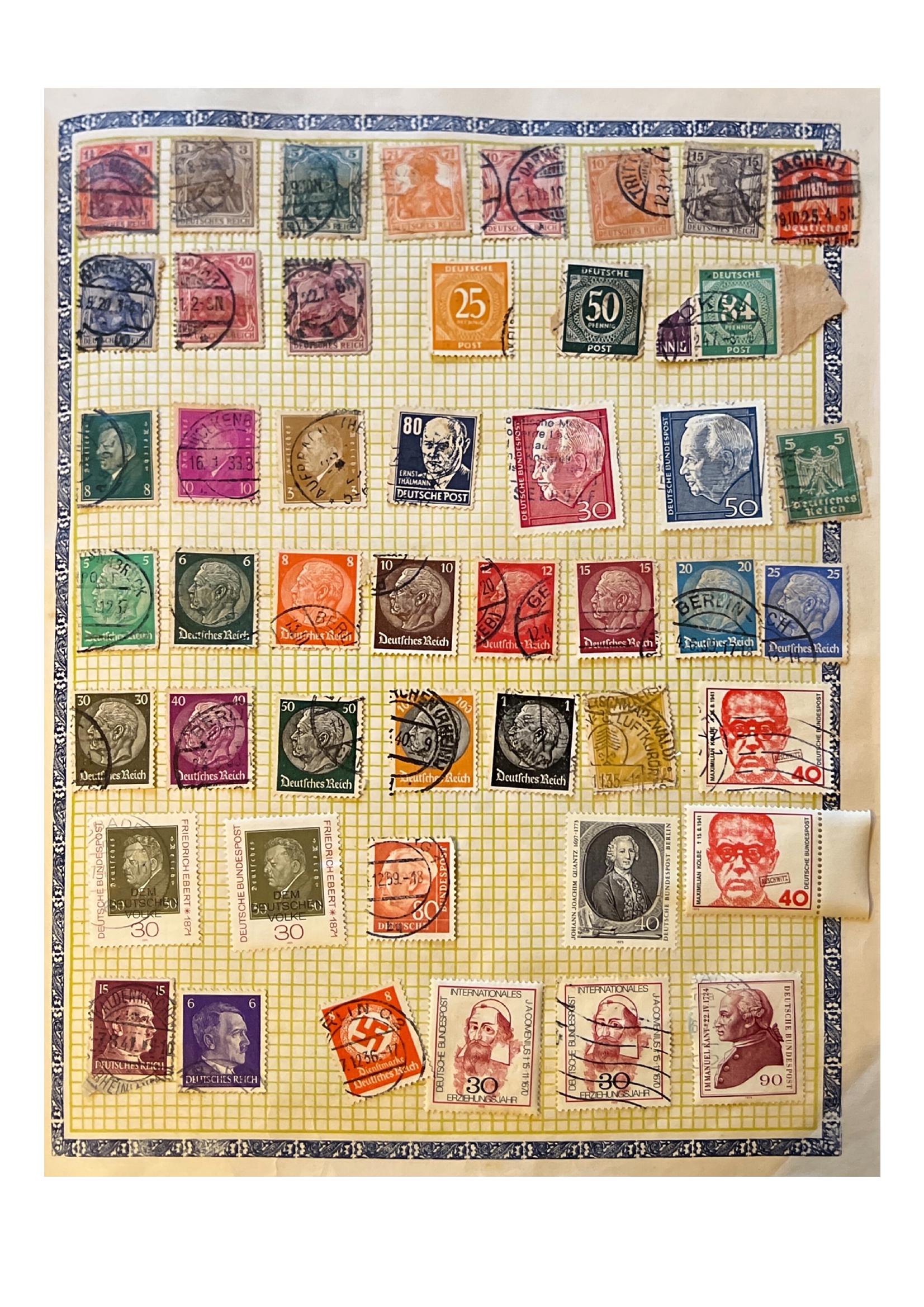
Corresponding with history – Jewish Postage Stamp Collectors and Jewish Emancipation

Nation-Building and Cultural Heritage – The Making of the Jewish National Library in Jerusalem, 1892–1948

DVARIM POLANIM – Material Culture and the Changing Identity of Polish Jews in Israel across the 20th Century

Between Ruins and Revival – Jewish Identity and Material Heritage in Post-Communist Poland

Places of Jewish Knowledge – The Wissenschaft des Judentums and its Material Sites in Berlin’s Urban Landscape, 1871–1961

Traces of belonging(s) – on the materiality of the imprisonment experience of Jewish women in the Ravensbrück women’s concentration camp
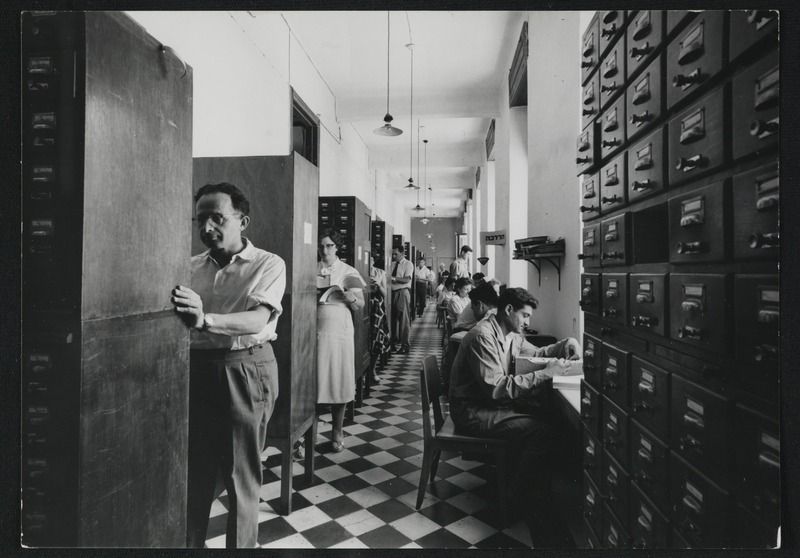
Aufbau im Übergang – Curt Wormann and the Jewish National and University Library between Nation-building and Cultural Diplomacy
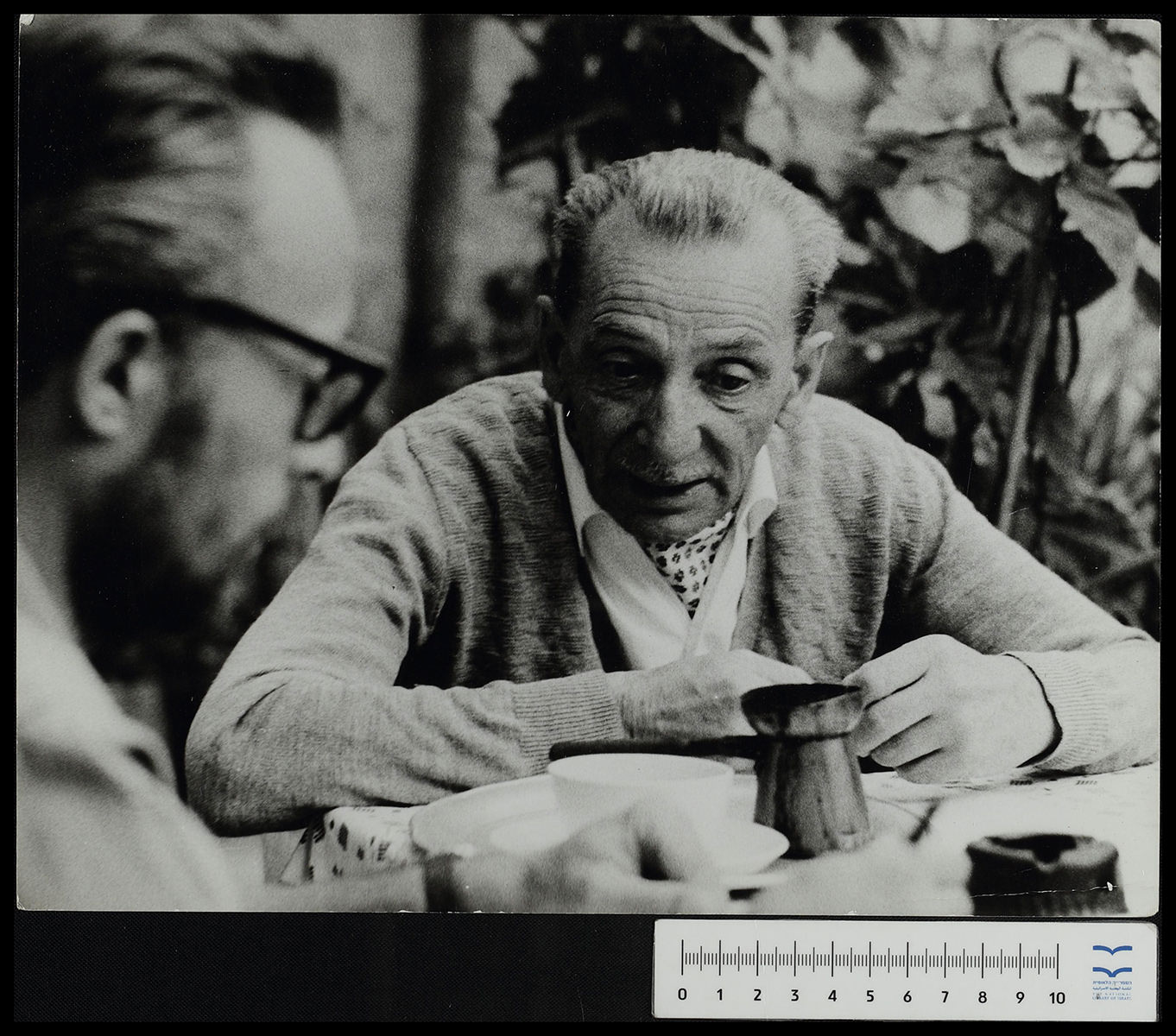
To Change, Question, and Criticize – Concepts of a ‘Werk’ and Concepts of Objects in Illustrated Magazines in Berlin and Vienna during the 1920s.
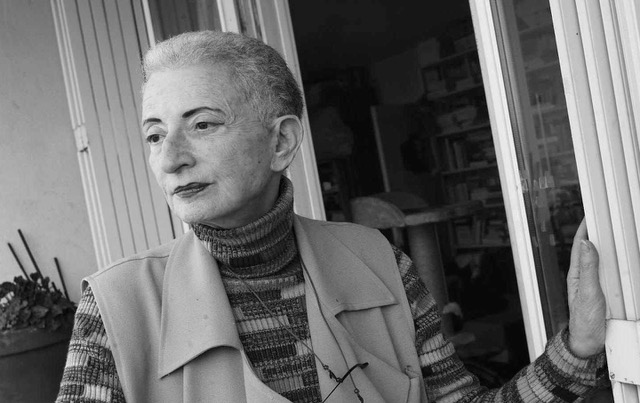
“Mes poumons comme les rouleaux de la Thora” – Towards a Poetics of the Trace: Jewishness, Exile, and Writing in the Work of Hélène Cixous

Threads of Identity – The Evolution of Israeli Fashion and the Attempt to Create a National Dress
This research explores the complex relationship between Israeli fashion and national identity from the early 20th century to the present. Prior to the establishment of the State of Israel, Jewish communities across various countries possessed rich material cultures, including distinctive dress and fashion. These cultural expressions were shaped by internal self-perception as well as external societal influences.
In the years leading up to and following Israel’s establishment in 1948, the influx of immigrants from diverse cultures shaped a unique aesthetic that blends East and West. Western cuts and silhouettes were adapted, while elements from Yemenite clothing and other sources were combined to form a new aesthetic. This aesthetic was branded as Israeli fashion both domestically and internationally.
This project investigates the agents of change questioning to which extent ideological and economic motivations shaped Israeli fashion while focusing on several events in the narrative of Israeli fashion: The first is the 1969 Vogue issue dedicated to Israeli fashion. The other three events include the fashion and representation of Israel in the Eurovision Song Contest in both 1983 and 2024, the participation of Israeli designer in the Metropolitan Museum of Art’s exhibition “Manus X Machina” in 2016; and the celebration of “70 Years of Israeli Fashion” during Tel Aviv Fashion Week in 2018. Each event represents an attempt to convey aspects of Israeli identity, in all cases, Israeli designers and brands engaged in a dialogue that shaped and communicated Israeli identities both within the country and to the broader Western world.
Through historical and visual analysis examination of primary and secondary sources, including fashion archives, photographs, exhibitions and through interviews with key- leaders of the Israeli Fashion industry, this research traces the evolution of fashion and identity.
